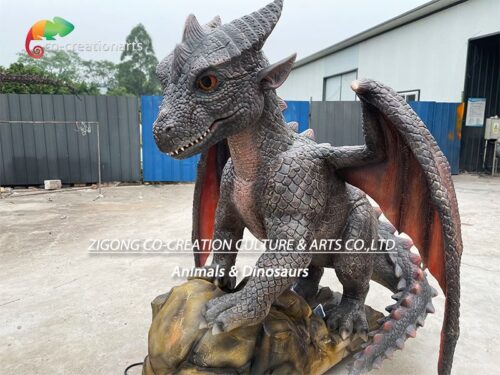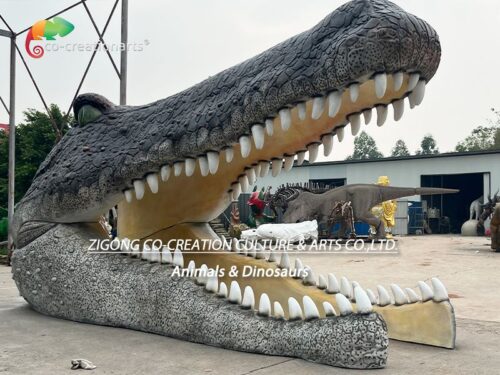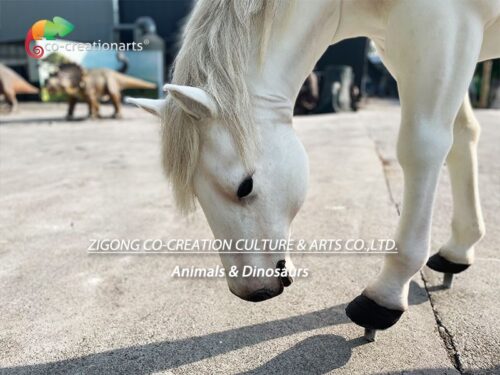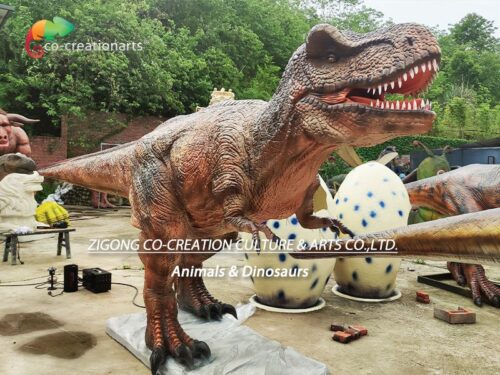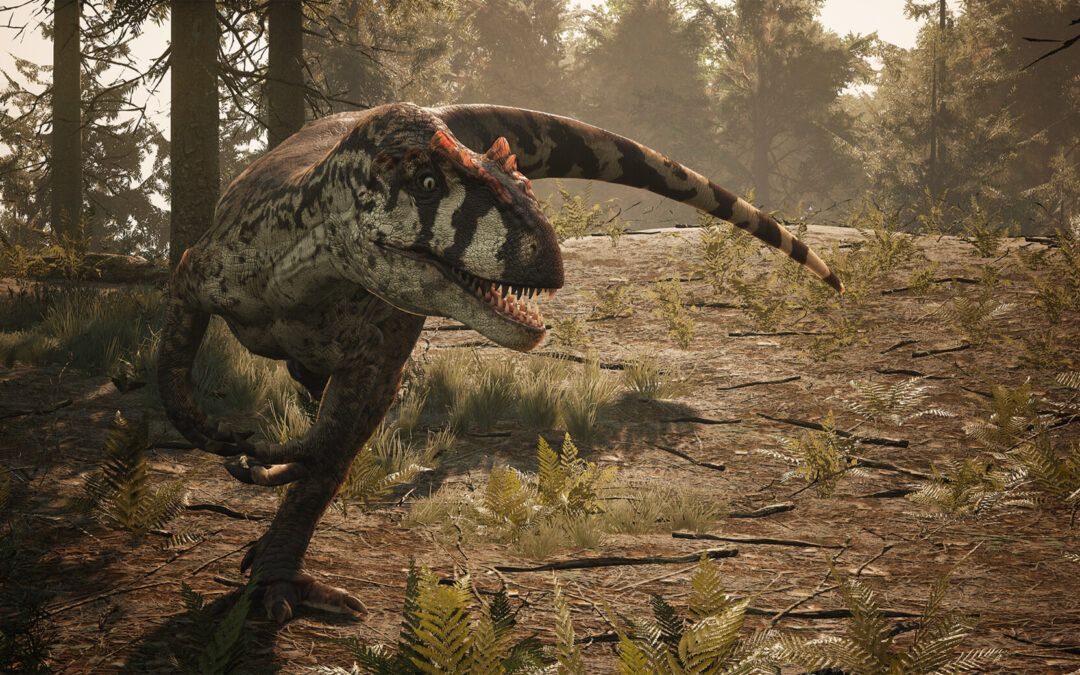
by artfty | Dec 5, 2022 | Paleontological Science
Allosaurus, whose name means “other reptile,” lived in western North America during the Late Jurassic period between 156 million and 145 million years ago. Its remains have been found in Colorado, Utah, Wyoming and Montana.
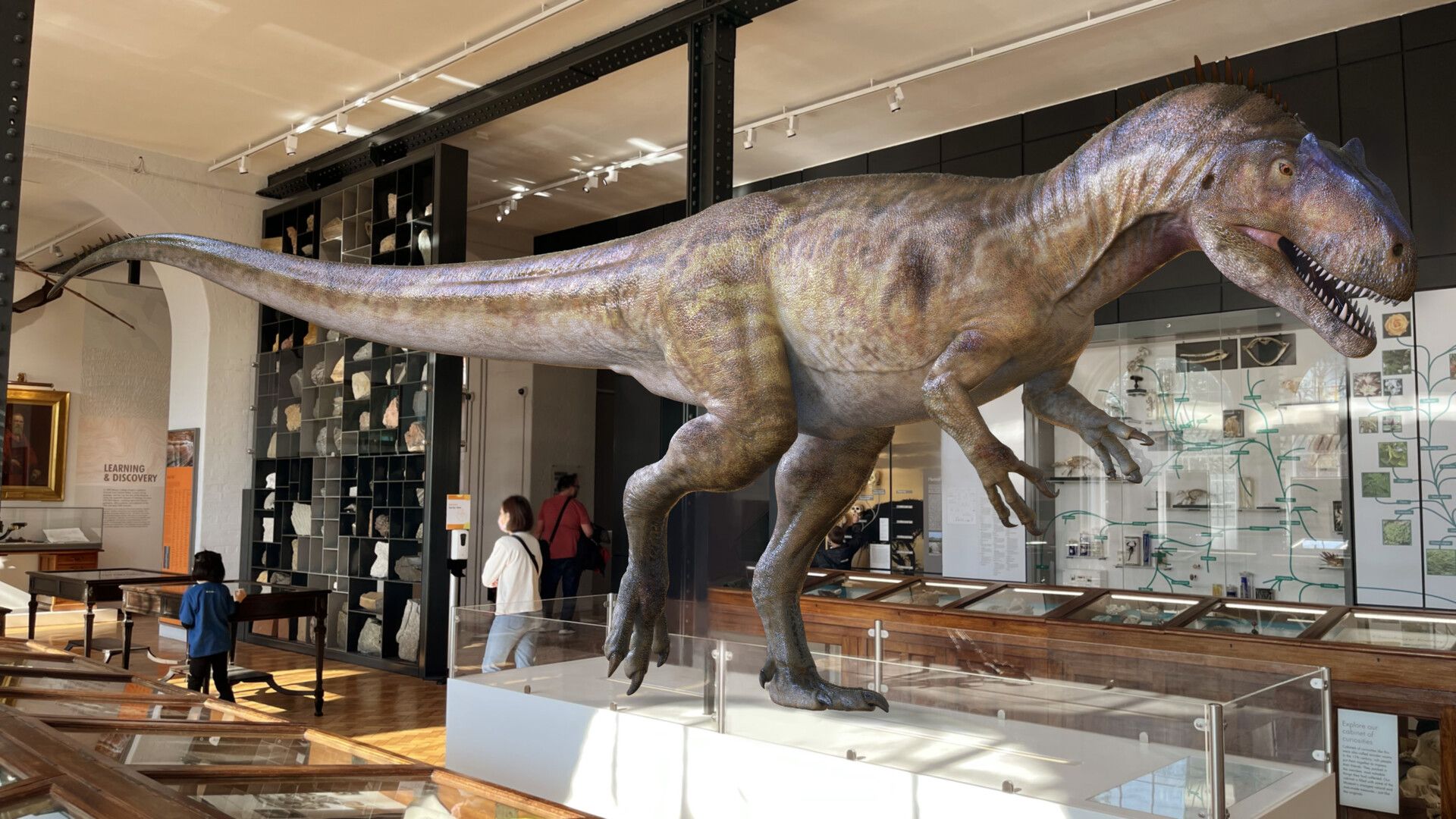
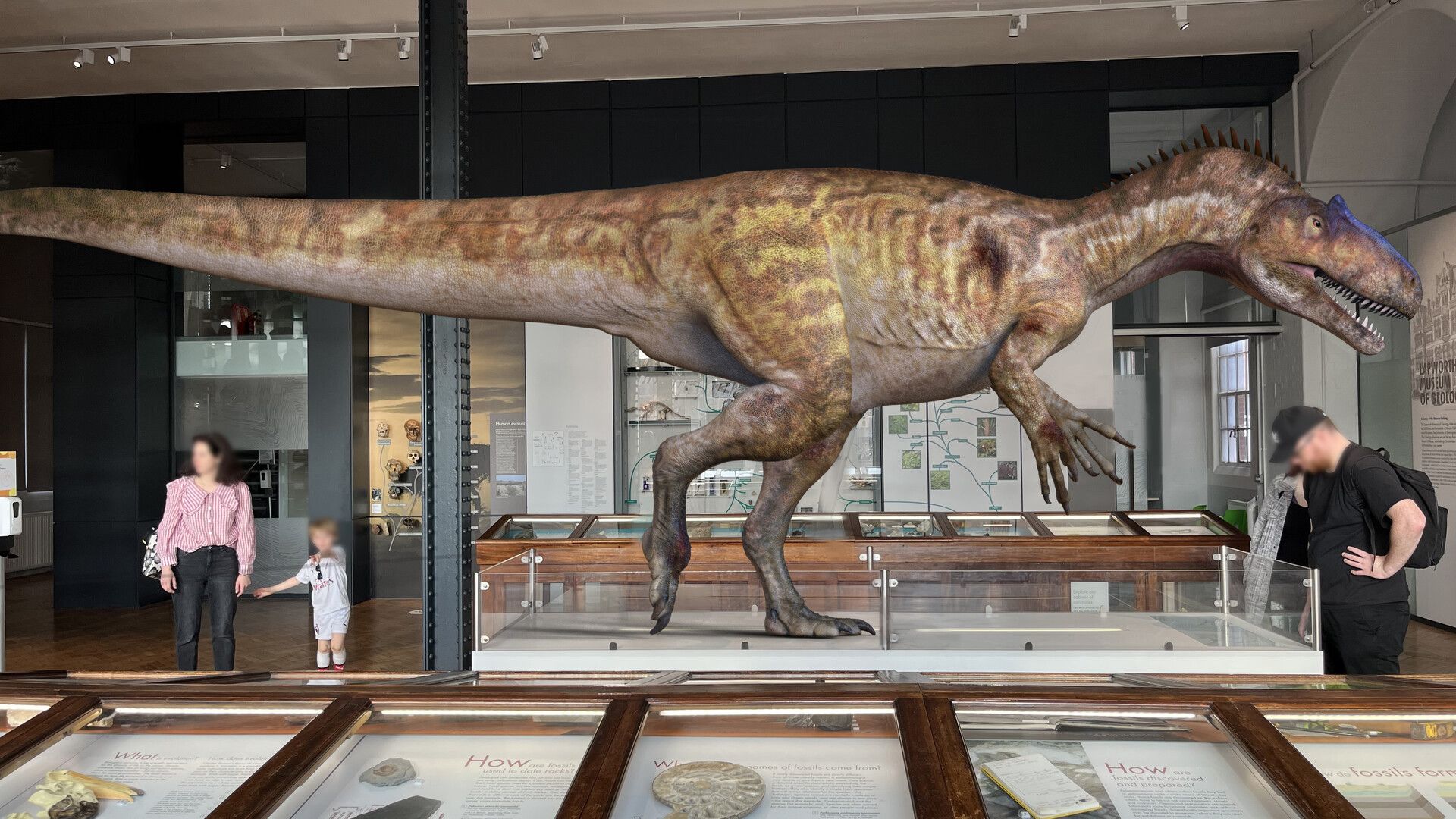
Dr. Larry D. Martin, senior curator of vertebrate paleontology at the University of Kansas Museum of Natural History: At that time, Allosaurus was unmatched in its ferocity. Allosaurus is really the first large carnivorous dinosaur ever found, and its skeleton is relatively intact. It was a Tyrannosaurus Rex before Tyrannosaurus Rex, both in terms of geologic time and when it was discovered.
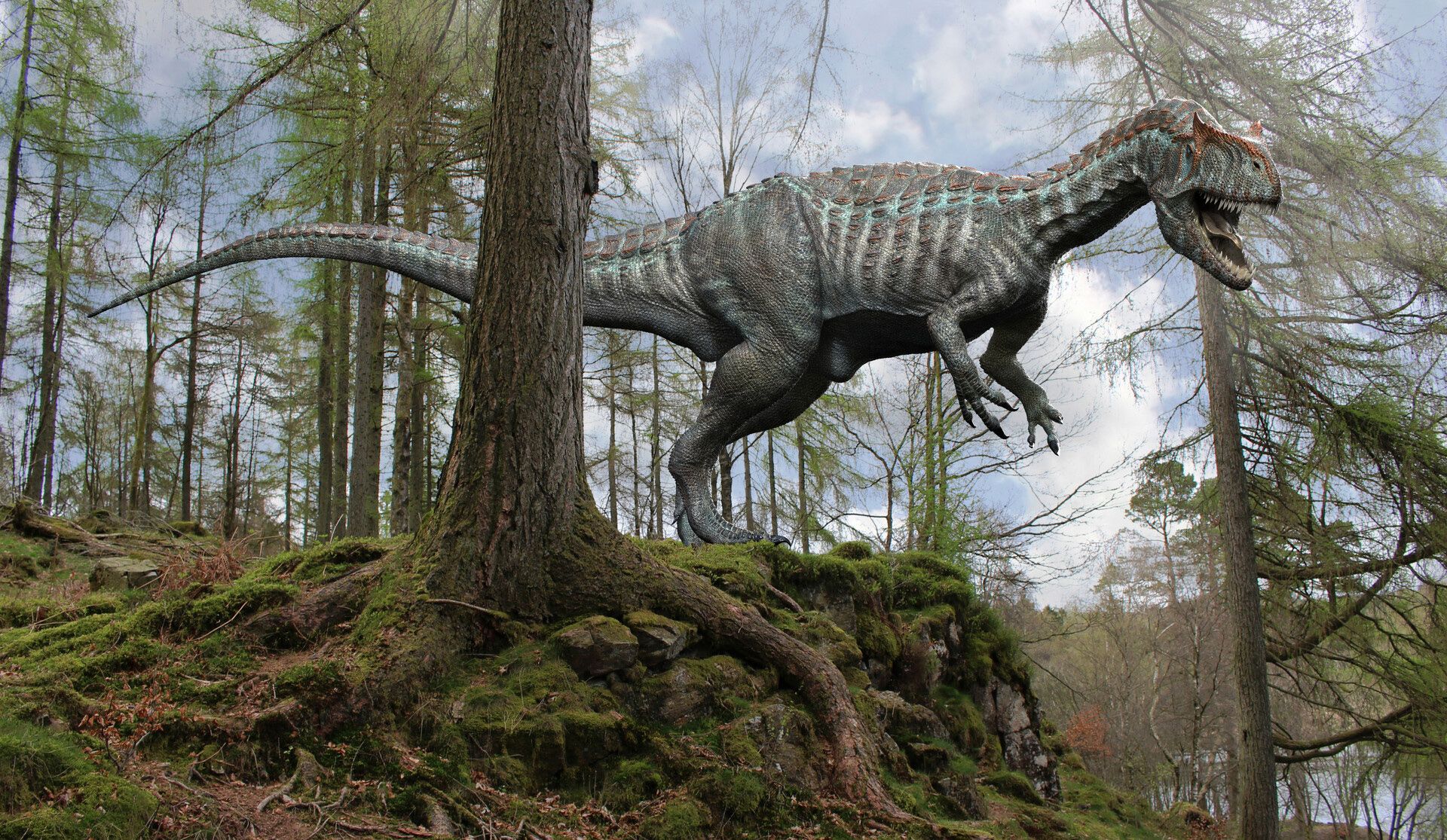
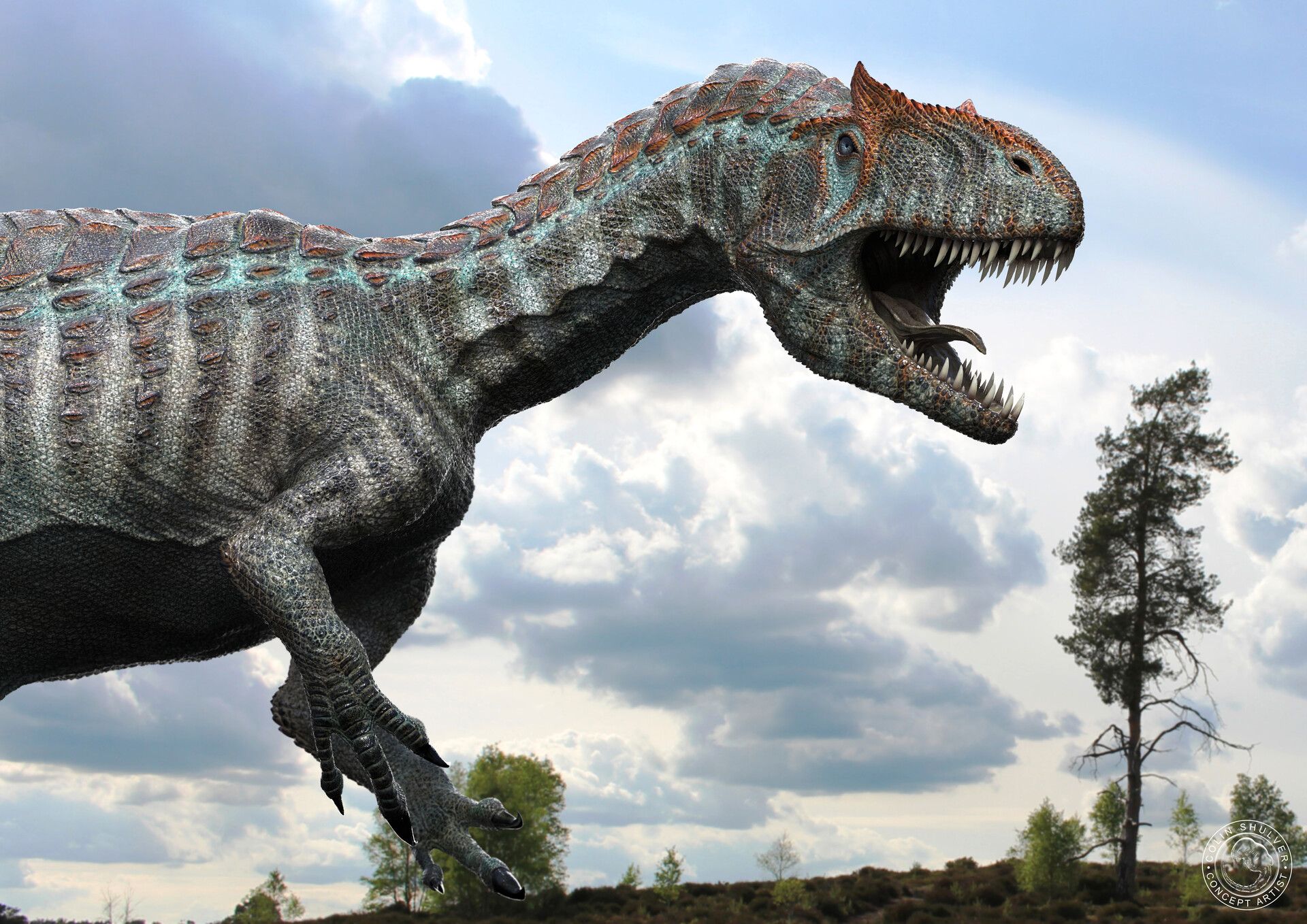
Dr. Thomas HOLTZ, VERTEBRate paleontOLOGIST, UNIVERSITY of Maryland: Allosaurus was very muscular and could hunt large herbivores, like the three-ton stegosaurus. Allosaurus was the top predator of its time, and it had a lot of very useful predatory qualities, powerful jaws, very sharp teeth. It had large claws on its forelimbs that were very effective at grabbing and tearing prey, so it had all the good qualities of a hunter in one.
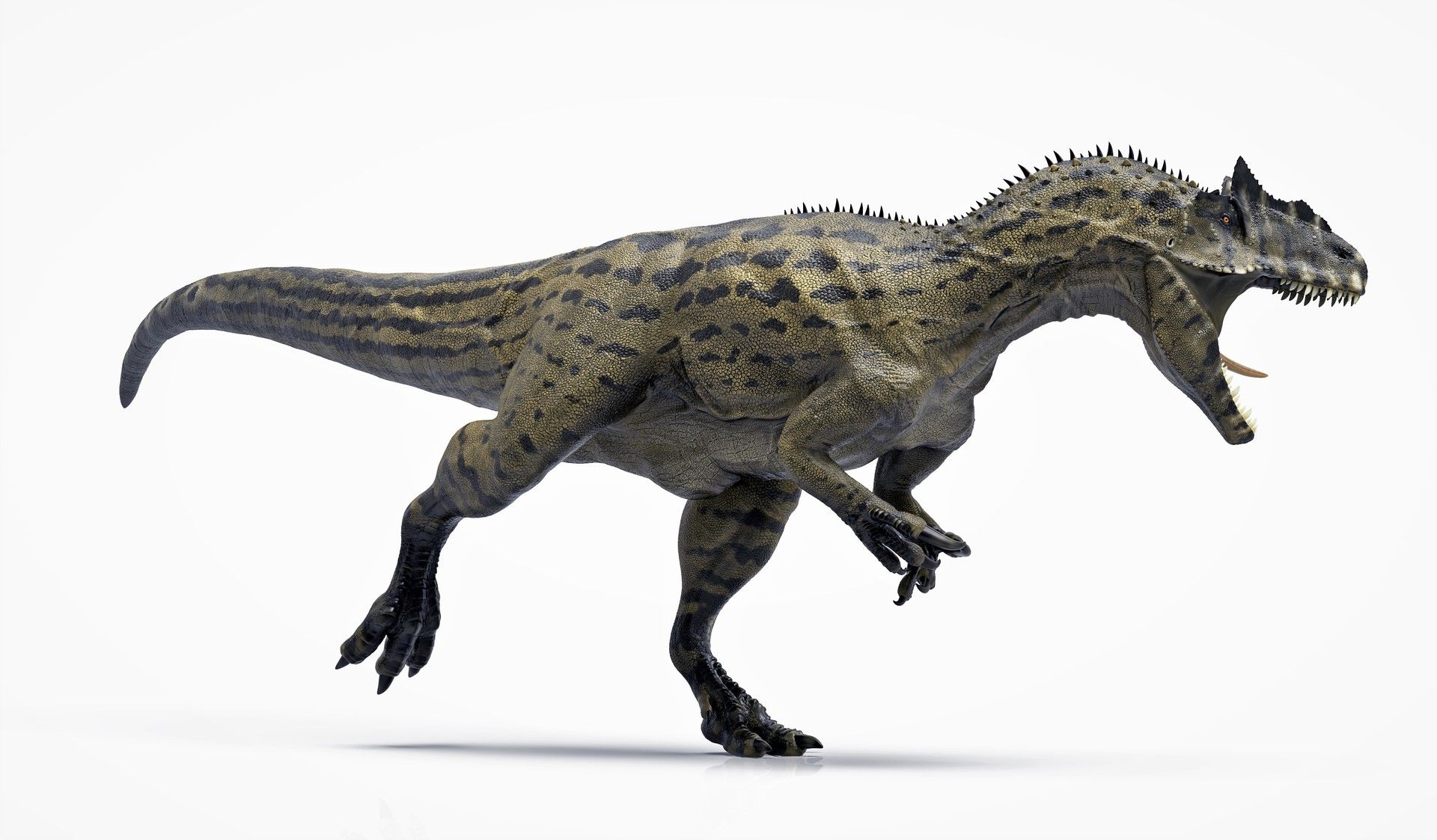
Allosaurus had the longest arms among the large predatory dinosaurs. Most predatory dinosaurs had short arms and were not very effective weapons. But Allosaurus was different. It had three huge claws on each of its forelimbs. You don’t have big claws to play the piano, you have big claws to rip the heads off.
Dr. Mark LOWEN, Research Associate at the Natural History Museum of Utah: I think the way to think about Allosaurus is that it’s a Wolf
Zoom it up to four tons, make it bipedal, replace it with long clawed arms like Edward Scissorhands, and then attach the head of an alligator to the carnivore.
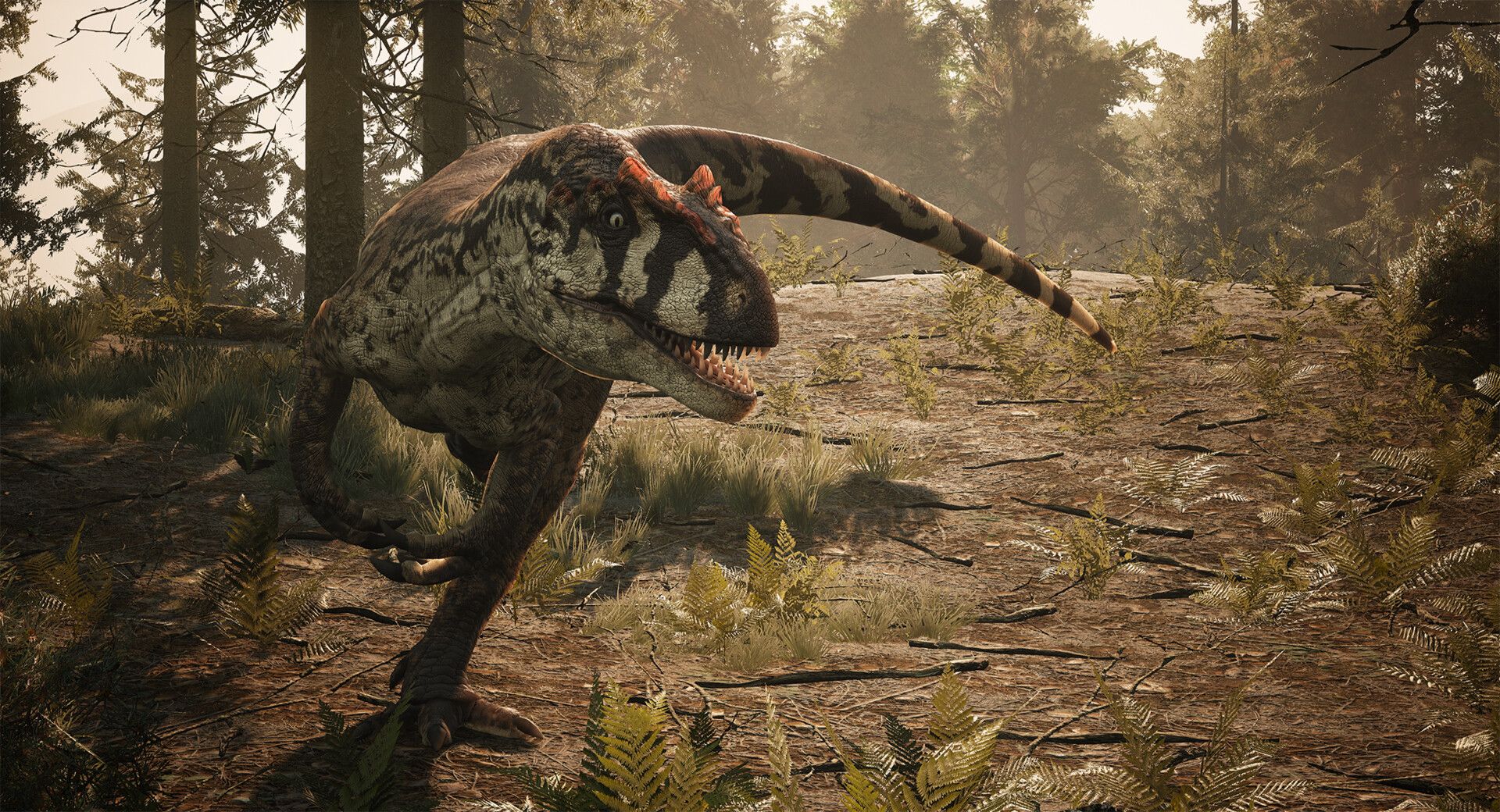
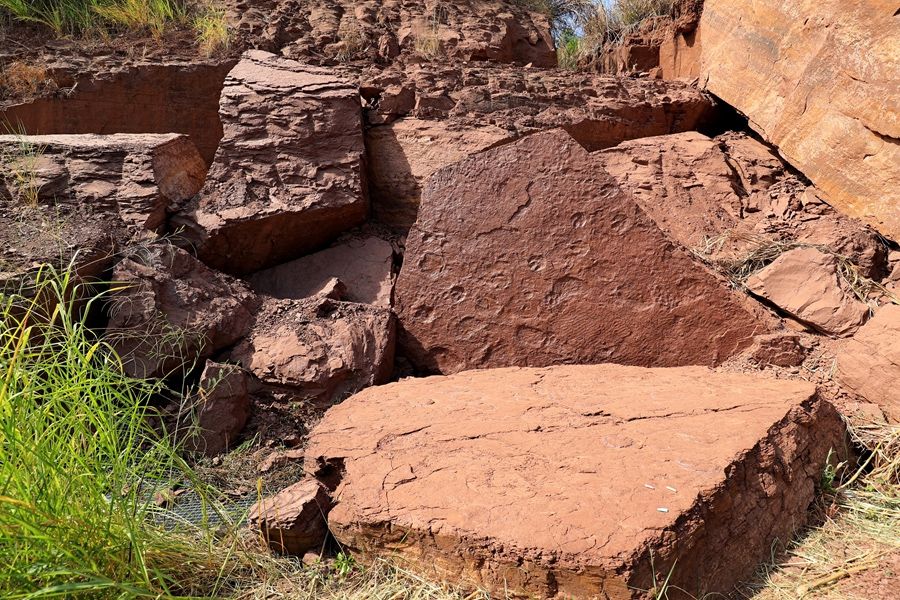
by artfty | Nov 22, 2022 | Paleontological Science
A rare dinosaur footprint fossil was discovered recently in Shanghang County, Longyan City, Fujian Province.

The new discovery site is located on the east side of and adjacent to the Late Cretaceous dinosaur footprint group in Longxiang Village, Lincheng Town, Shanghang County, Longyan City, Fujian Province. It is understood that due to the rock collapse, some new fossil specimens were exposed in place, including a pair of positive and negative plates (pairs of plates) preserved dinosaur footprint fossils, the concave and convex footprints on both sides correspond one by one, just like a set of open molds.
“The exposed fossil specimen covers an area of nearly 15 square meters and contains sauropod and theropod footprints, including those left by dinosaurs as they walked, as well as some clear symmetrical pattern marks, representing a lacustrine sedimentary environment.” According to Wang Xiaolin, a member of the National Expert Committee on Paleontology and Fossils and a researcher at the Institute of Vertebrate Paleontology and Paleoanthropology of the Chinese Academy of Sciences, such a large area of both positive and negative dinosaur footprint fossils has not been found anywhere else in China or even internationally.
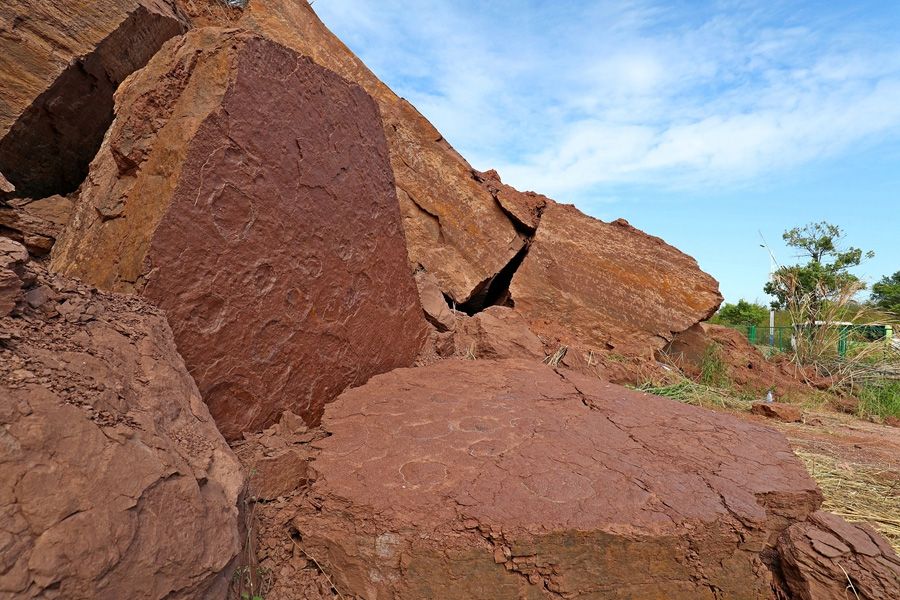
The exposed fossil specimen covers an area of nearly 15 square meters and contains sauropod and theropod footprints. Photo provided by Shanghang County Rong Media Center
Most of the dinosaur footprint fossils found at home and abroad belong to the Jurassic and Early Cretaceous, while those found in Shanghang belong to the Late Cretaceous and represent the activity remains of the last stage before the extinction of dinosaurs, which has important scientific value, popular science value and protection value, Wang said. Most of the fossilized dinosaur tracks found before had only one concave or convex face, and it is very rare to see both concave and convex faces.
According to the preliminary statistics of Wang Baopeng, an associate researcher at the Beijing Museum of Natural Science, who was also on the site of the investigation, the fossil contains more than 30 tracks of six kinds of dinosaurs. The number and clarity of the preserved fossils are also very rare, which is of special significance for the study of the living habits and living environment of the Late Cretaceous dinosaurs.
It is reported that the Shanghang dinosaur footprint group fossil was first discovered in November 2020, which is one of the late Cretaceous dinosaur footprint groups with the highest diversity found in China, and the first discovery of dinosaur-related fossils in Fujian Province. So far, a variety of dinosaur footprint types have been found and at least four layers have been found, proving that dinosaurs had a long life history in the area.
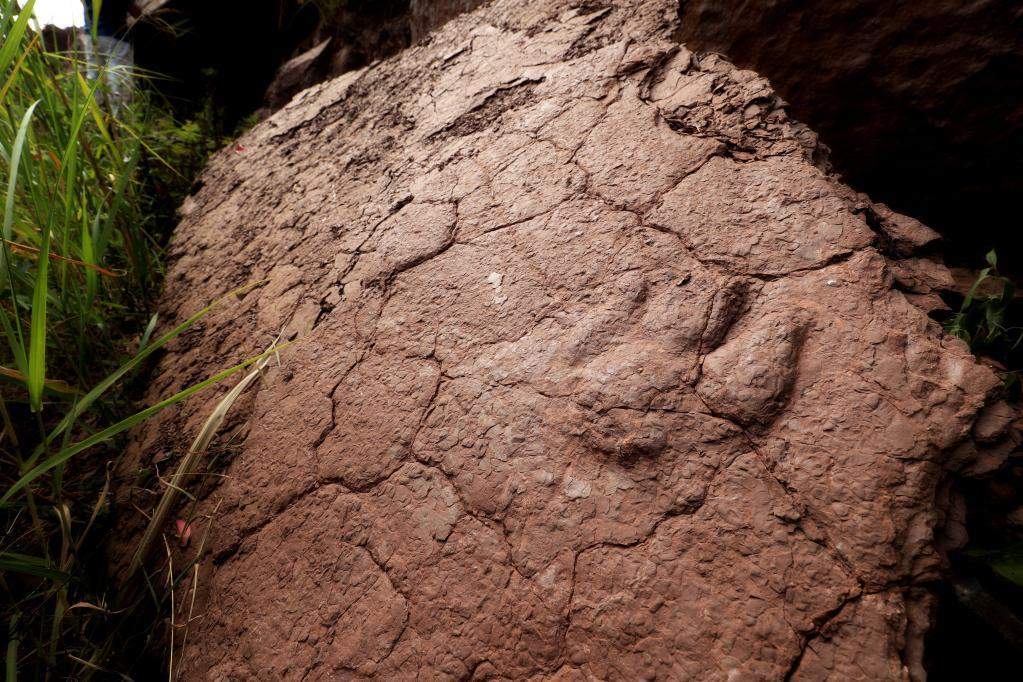
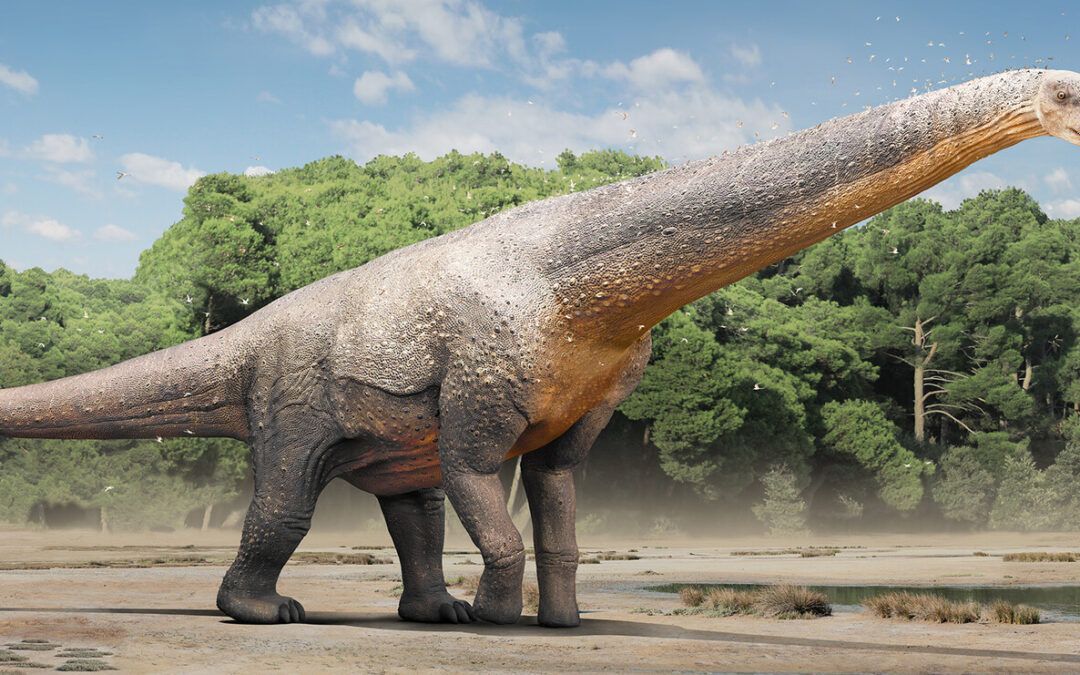
by artfty | Nov 14, 2022 | Paleontological Science
Dinosaurs are a childhood memory of many people. No matter in museums, illustration books or toy models, they all vividly show us the appearance of dinosaurs, and the image of Tyrannosaurus Rex is deeply rooted in people’s hearts.
However, until now, humans have not had a single photo of a dinosaur, and only 90% of the most complete dinosaur skeleton has been restored. Besides the skeleton can be used as a solid scaffold, paleontologists have only pieced together the creation through the fragments of feathers and skin fossils.
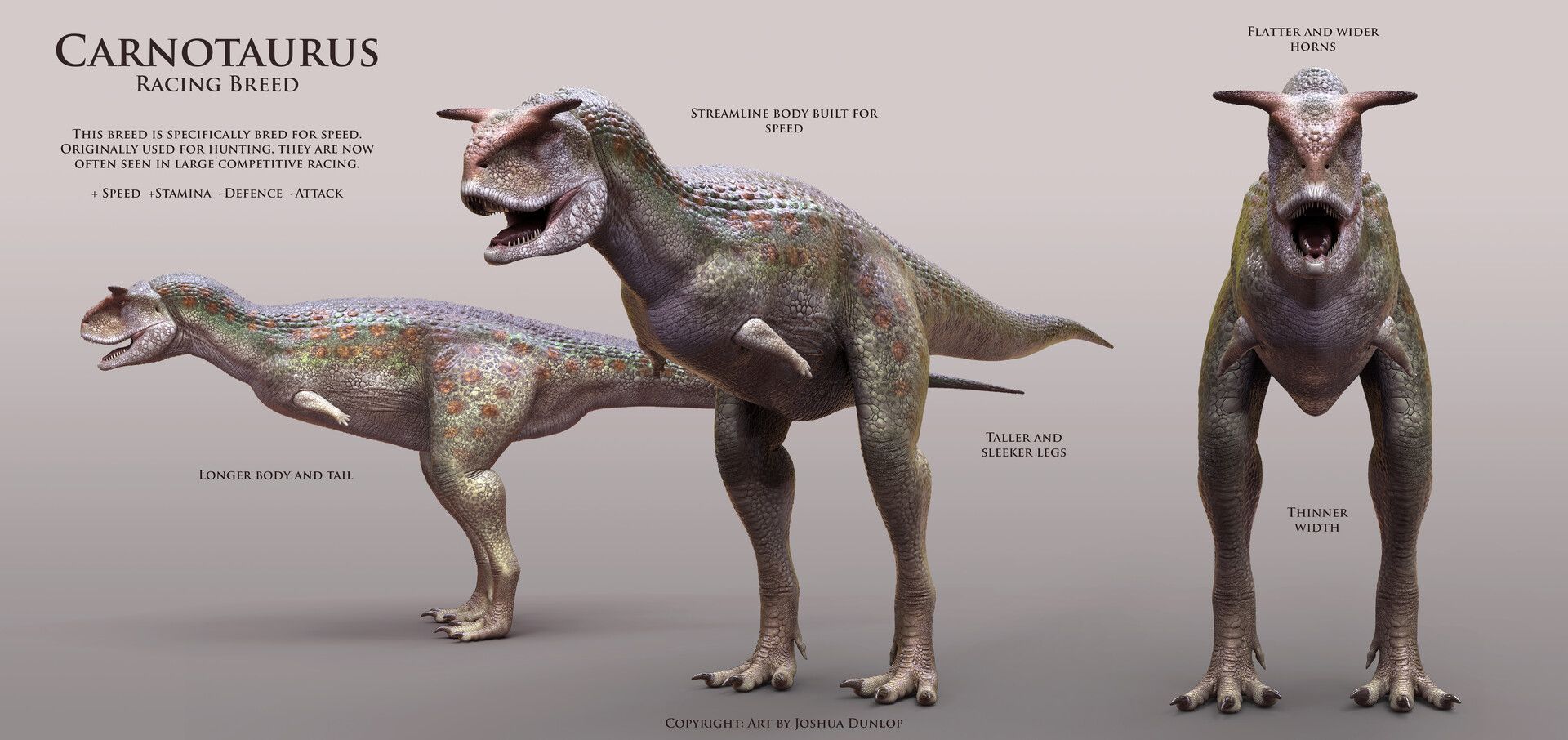
Dinosaurs — Majestic Gestures:
The joints of a dinosaur’s bones represent the posture that dinosaurs could have achieved. By studying the bones of dinosaurs, paleontologists can infer the spine of dinosaurs and thus get the posture of dinosaurs standing.
Although bones are important, in the absence of cartilage and connective tissue, it’s difficult to accurately simulate dinosaur movements, so most dinosaur postures are guesswork.
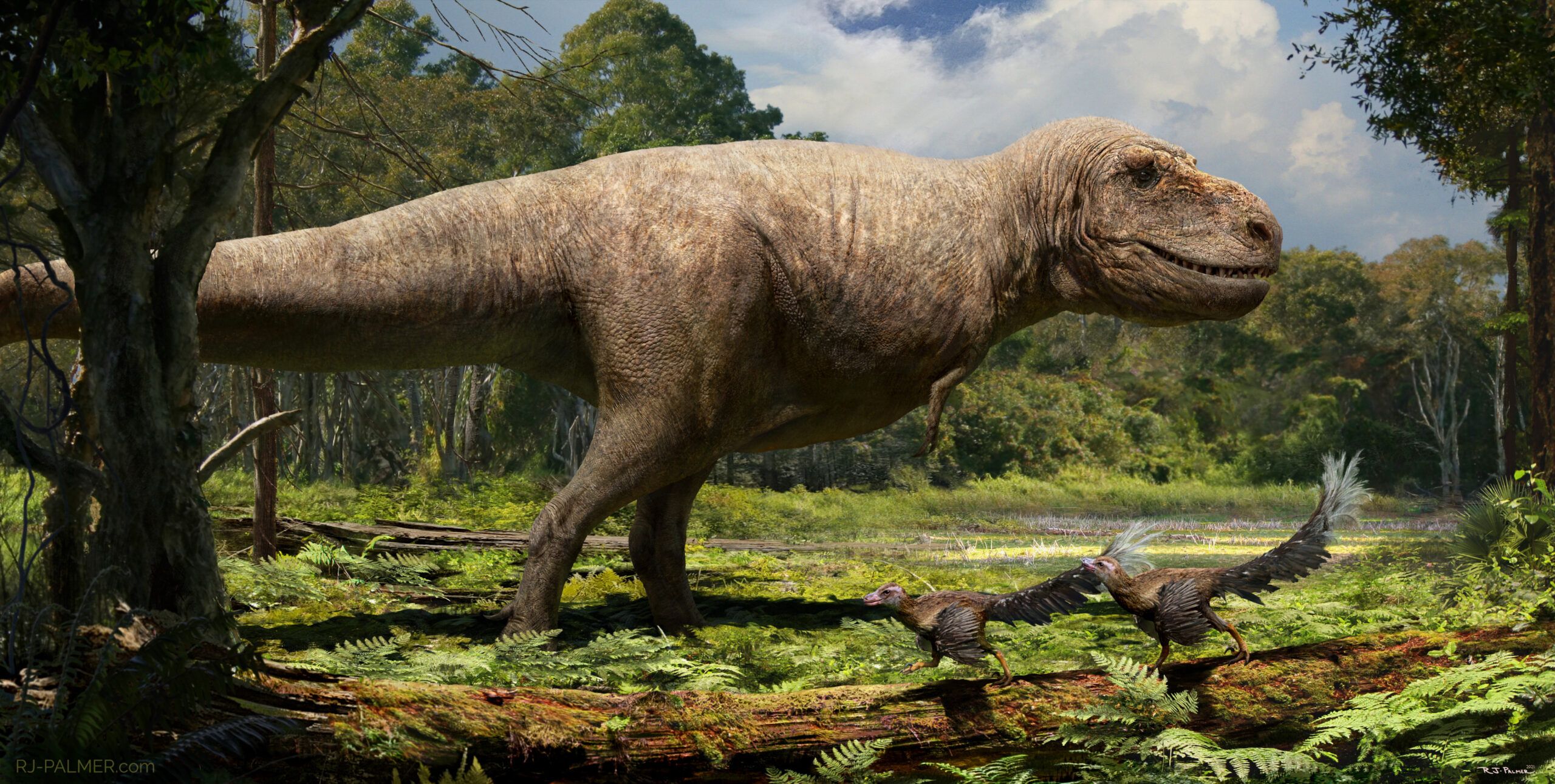
Dinosaurs — Strong muscles:
Based on living reptiles on Earth, paleontologists speculate that dinosaurs did not have much body fat, and that their close relatives to birds made birds an important reference for muscle and skin tissue.
Based on the dinosaur’s habit of crushing prey, paleontologists filled the jaws with muscle to create the thick neck.
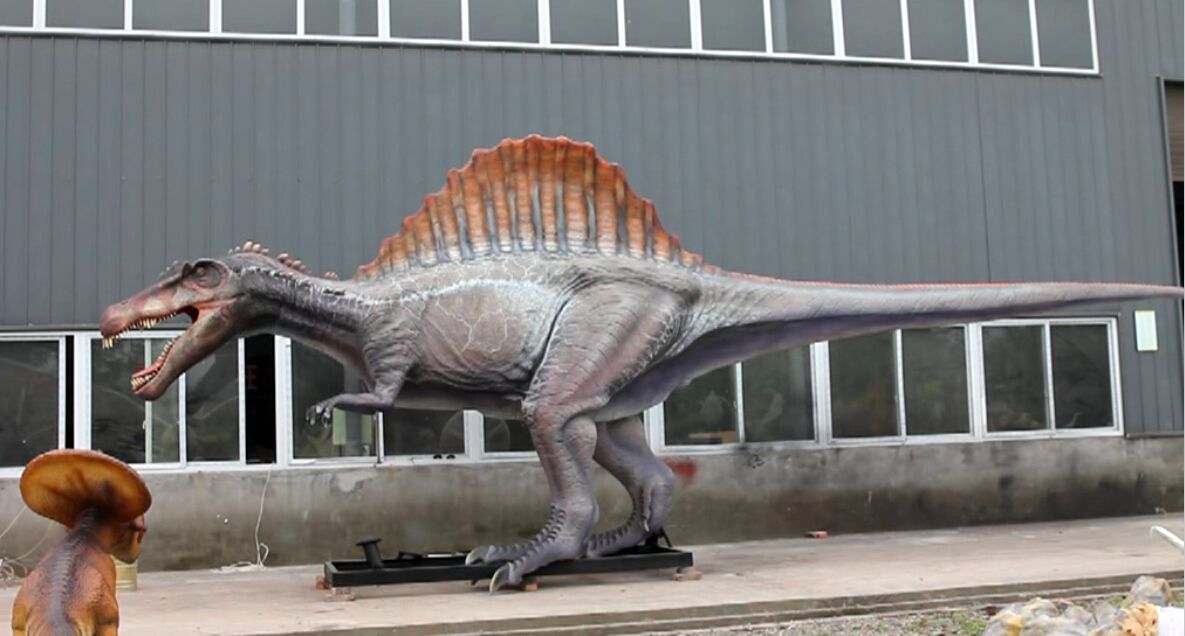
Dinosaurs — iconic heads:
The head bones of dinosaurs are very similar to those of crocodiles, but there are many differences.
Dinosaurs were terrestrial reptiles, and in order to stay on land for long periods of time, paleontologists think they may have been able to store water in their heads, similar to lizards.
With the reference to lizards, the heads of dinosaurs began to crystallize.
In order to store water, the mouth of a dinosaur is similar to the mouth of a lizard. The skin and eyes are similar to those of a lizard. The research can be tilted forward to locate targets in all directions.
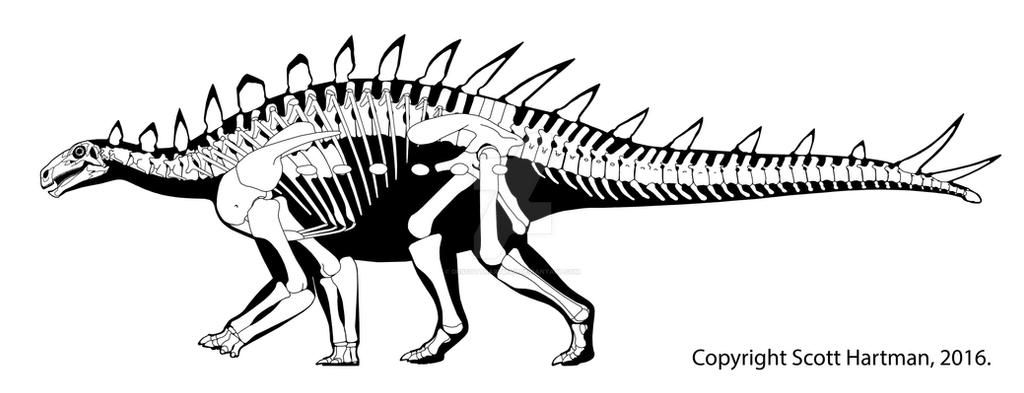
Dinosaurs — Strange limbs:
When you see a dinosaur for the first time, you notice the strange limbs — thin arms, thick legs.
The limbs of dinosaurs are also references to bones and birds, where the forelimbs of dinosaurs degenerate and the forelimbs of birds may evolve into wings. In fact, new research has found that dinosaurs’ forelimbs reversed direction as they evolved. Tyrannosaurs had their palms turned downward, while later creatures gradually turned their palms upward.
This may be a trend that led to the evolution of birds.
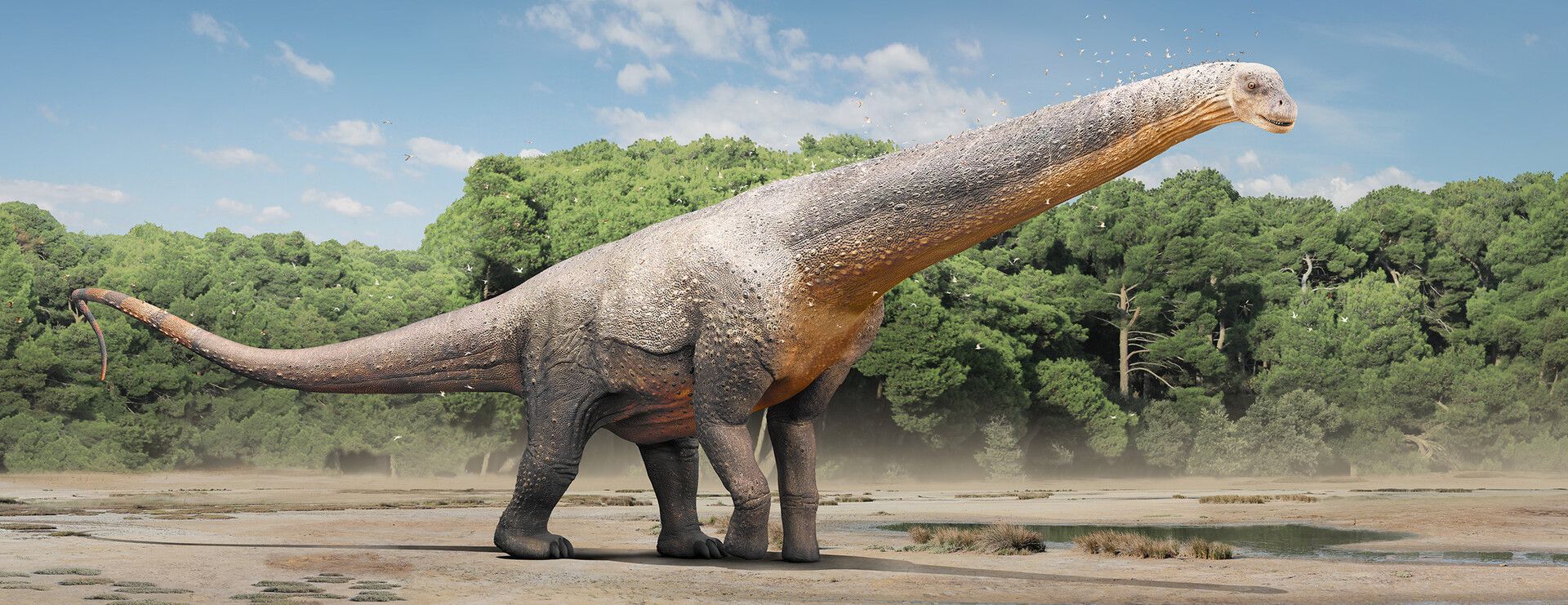
Dinosaur — lizard skin, bird feathers:
Skin and feathers are so difficult to preserve that only a glimpse of them can be seen in fossils.
The skin of dinosaurs is not calculated by paleontologists, but mostly comes from artists’ understanding of fossil textures. The skin fossils of dinosaurs in Montana are combined with artists’ designs to form the body skin of dinosaurs.
Designing the texture of the dinosaur’s skin is easy. The real challenge is locating the color of the dinosaur’s skin.
Fossils can’t retain skin color significantly, so paleontologists can only guess the skin color of dinosaurs based on their living environment. For example, Tyrannosaurus Rex lived in semi-swamps, so its skin color might have been brownish green.
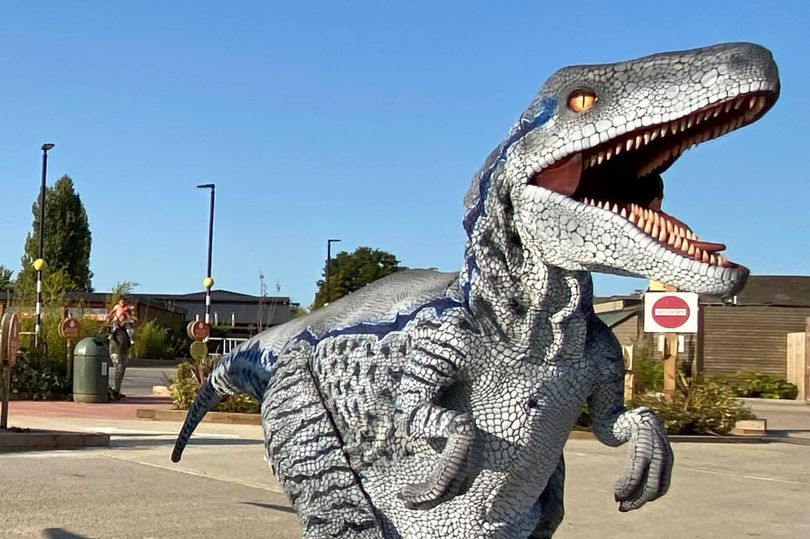
The discovery of fossilized feathers led to a relationship between dinosaurs and birds.
No dinosaurs have been found with definite feathers, but paleontologists like to add feathers to the heads, backs and tails of dinosaurs.
It can be said that the collocation of dinosaurs and feathers is completely an artistic act.
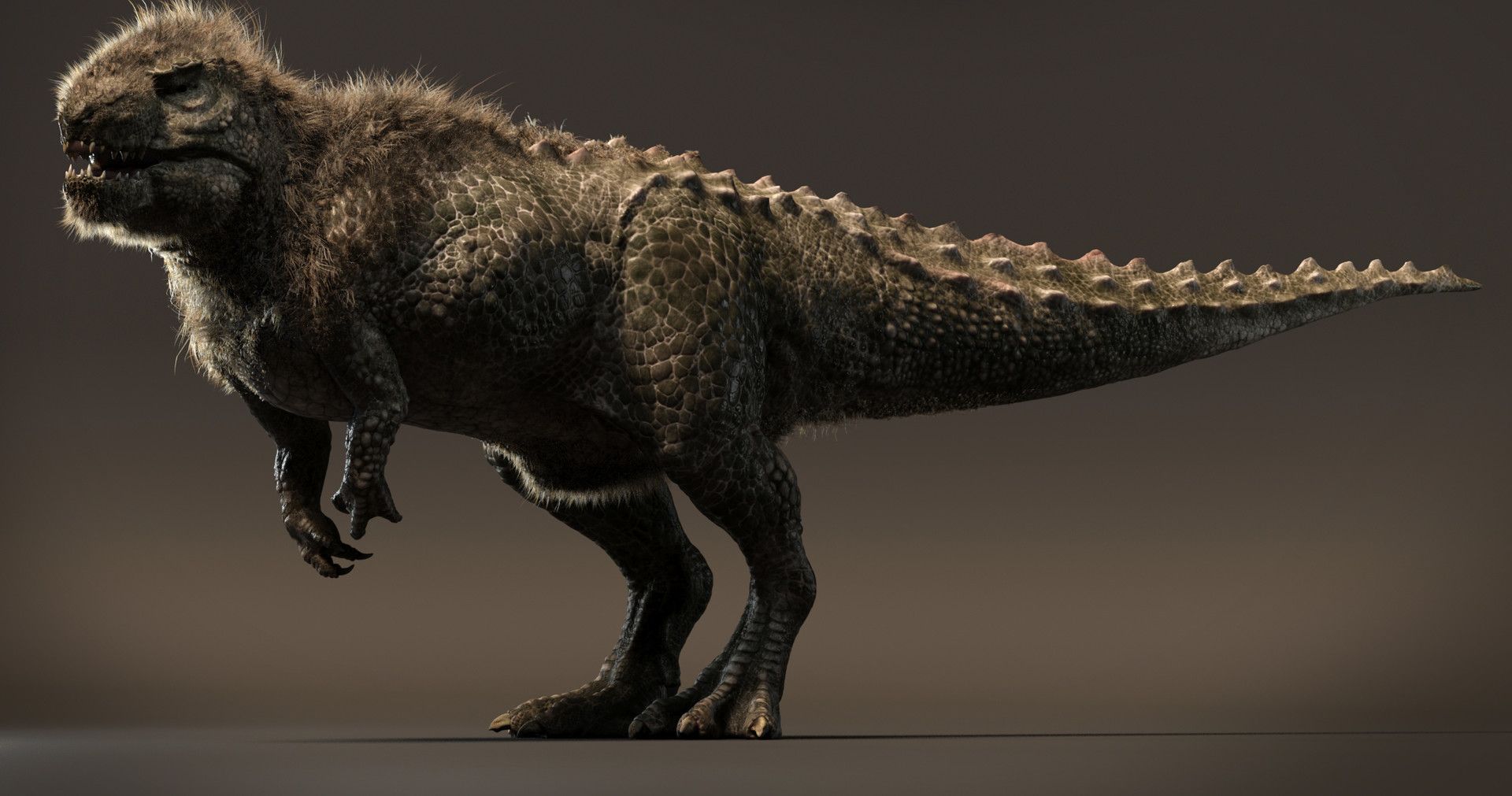
Dinosaurs, like dreamlike creatures.
No photographs, no records, only bones, skin, feathers fossilized. Modern models of dinosaurs are actually closer to the aesthetic of artists and paleontologists.
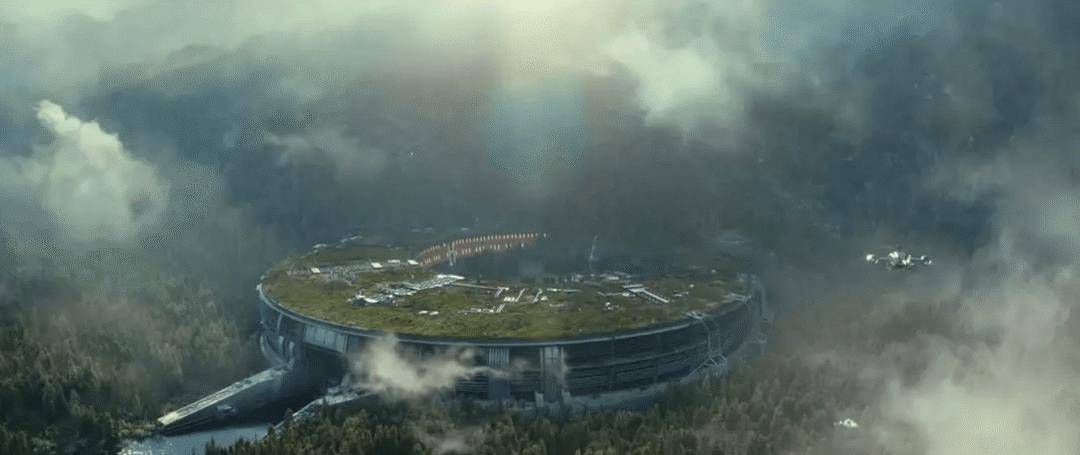
by artfty | Aug 22, 2022 | Paleontological Science
Although the Jurassic world series is a science fiction film, it expresses people’s yearning and longing for the future science and technology. Therefore, the series will continue to flourish. The box office of 354 million in three days brought a glimmer of vitality to the long bleak film market.
“Do you remember the first time you saw dinosaurs? It felt like you saw miracles. You saw them in the books in the library and in the specimens in the museum. But when you saw them alive, you would sigh that it was a miracle.” Although this is only a line in the Jurassic world series, it seems that people have never stopped dreaming about cloning dinosaurs.

As early as 1952, the first human cloning was realized. Robert Briggs and Thomas J. king had successfully cloned the northern leopard frog.
In 1963, Tong Dizhou, a famous biologist in China, cloned a carp, which was the first successful cloning case in China.
What we are most familiar with is dolly, the cloned sheep that we learned in our textbooks. Dolly’s birth laid the foundation for the further development of the biotechnology of “cloning”, which is well known throughout the world.
Now that we have relatively perfect cloning technology, why don’t scientists try to revive dinosaurs?

When it comes to resurrecting dinosaurs, we first need to understand that if we want to clone a certain organism, we need to extract the DNA of this organism. DNA is a large molecule in biological cells, and its structure is relatively fragile. At the moment of biological death, DNA begins to be contaminated and disintegrated, and then gradually disappears in time. “ Jurassic Park” once conveyed such a message: “amber can preserve soft tissue and even DNA molecules for millions of years”. But in fact, amber does not completely preserve complete DNA. Amber is a kind of transparent biological fossil. When the resin drops behind and small insects are wrapped in it, the DNA of small insects has begun to be lost. With the passage of tens of millions of years, the resin buried in the ground was petrified to form amber under the action of pressure and heat, which destroyed a large amount or even all of DNA.
People have been extracting DNA from amber. Although the progress is slow, scientists’ dedication to science has never faded.
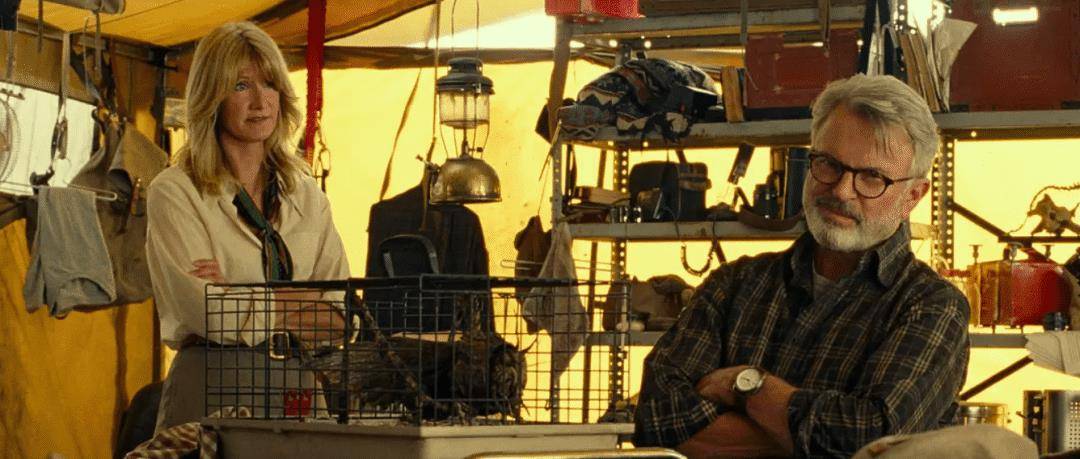
In 1982, George Poinar of the California Research Group first recognized that there was DNA in Dominican Amber and the potential of extracting fossil DNA from it. In 1992, California scientist Rani Cano and his colleagues published the DNA found in amber for the first time, claiming that DNA fragments were extracted from the original stingless bee in Dominican amber.
In 1993, George Boehner and his son Hendrick published a research report in the journal Nature. They successfully obtained the DNA sequence of weevil from amber.
However, all the findings were just a small piece of DNA strand. Later, some scientists questioned whether the DNA obtained by the current method was contaminated, and because the contamination might have affected the experimental results.

Later, scientists from Britain began to use another new DNA sequencing technology. They thought that this method was rarely affected by pollutants and was very suitable for the detection of ancient biological DNA, and the experimental results were relatively more accurate. At the natural history museum in London, they tried to repeat the process of American scientists extracting DNA from the Dominican protoacanthus. British scientists selected several suitable specimens and repeated experiments, but no insect DNA was found.
Therefore, British scientists questioned the earlier reports, because the most basic requirement for a reliable scientific research result is that its experiment can be repeated and the same conclusion can be reached in the repeated process. Subsequently, American scientists also conducted experiments again, and failed to obtain DNA.
Finally, most scientists decided that amber could not preserve the DNA of ancient creatures, at least it was not complete, and the scenes of Jurassic Park could only stay in novels and movies.
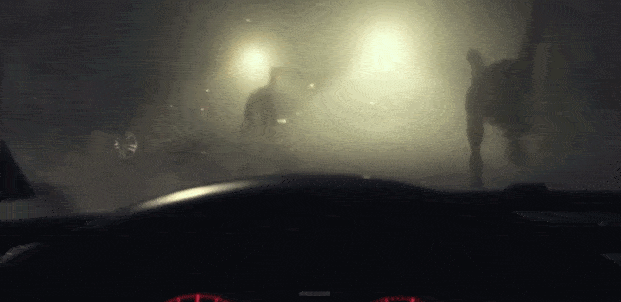
Therefore, with the current science and technology of mankind, we can only detect the DNA fragments of ancient organisms of 1 million years ago. The dinosaurs were extinct as early as 66 million years ago, and the DNA traces left in the fossils have long disappeared. The dinosaur skeleton you see in the museum is not strictly a dinosaur bone head, but a stone. Scientists can only clone the animals that still exist, and no one can revive the extinct animals.
Even if our science and technology have advanced by leaps and bounds, we can revive a dinosaur with DNA, but the environment in which dinosaurs live has long disappeared, and it is still unknown whether they can live in the world today.
I read some materials and found that according to the current technology, there are still many problems in cloning technology, such as premature aging and health problems. So far, no scientific solution has been found. Under the condition that the current cloning technology is not perfect, we should find out the problem and properly solve it, so that it can be widely used in modern agriculture and medical field in the future.
reference:
Ren Tian Dolly, the cloned sheep, was born 20 years ago: the impact continues to this day, opening up unimaginable possibilities. Innovation era, 2017
Song Boyi. Ethical analysis on the development of cloning technology. Northeast Normal University
Yang Shiqing, Li Guiming. Biotechnology “flies” into ordinary people’s homes. Science and technology entrepreneurship monthly, 1999
New scientist, translated by Su Yingjuan and Wang Chuan, October 17, 1992
Fastovsky De, Sheehan PM. The extension of the dinosaurs in North America: American Geological Society, 2005:15
This article is produced by popular science China – Creative Cultivation Program. Please indicate the source for reprinting
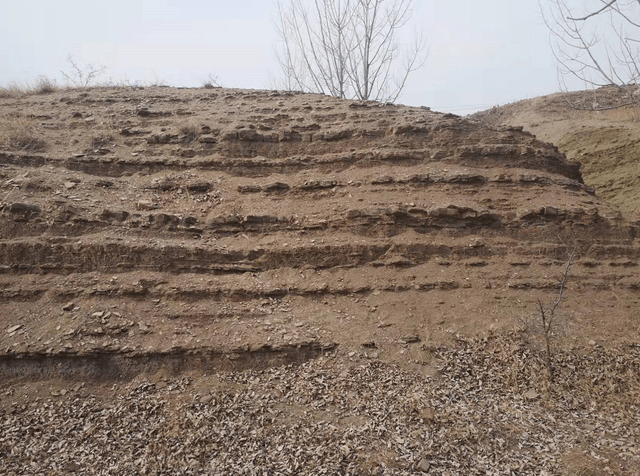
by artfty | Apr 8, 2022 | Paleontological Science
Recently, a relatively complete water ripple remains and some large dinosaur footprints were discovered in the main fossil remains area of Zhucheng, Shandong province, during the spring fossil field investigation by the dinosaur Culture Research Center staff.

According to experts, the fossil site of the newly discovered water ripple remains was a shallow lake at that time, which proves that the Zhucheng area was covered with dense vegetation during the Mesozoic era, which was very suitable for dinosaurs to live. The climate was dry and the lake was very shallow, and the wind left ripples on the lake. Both sauropod and theropod footprints were found at the site, which is about 10 kilometers away from the site, proving that a large number of sauropod and theropod dinosaurs lived there during the Mesozoic. Based on the comparative analysis of the characteristics of the surrounding rock deposits and the strata around the fossil sites, it is preliminarily concluded that the strata are early Cretaceous geological strata, which is relatively rare in China.
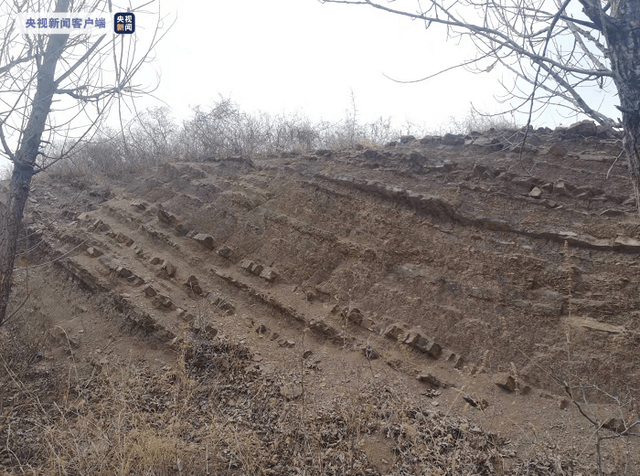
Zhucheng, Shandong province, is a faulted basin in the south of Jiaolai Basin. It was formed in the Cretaceous of Mesozoic era, with complex structural deformation, complete geological strata development and long-term continuous deposition of basin depressions, which created conditions for the formation of dinosaur fossils.
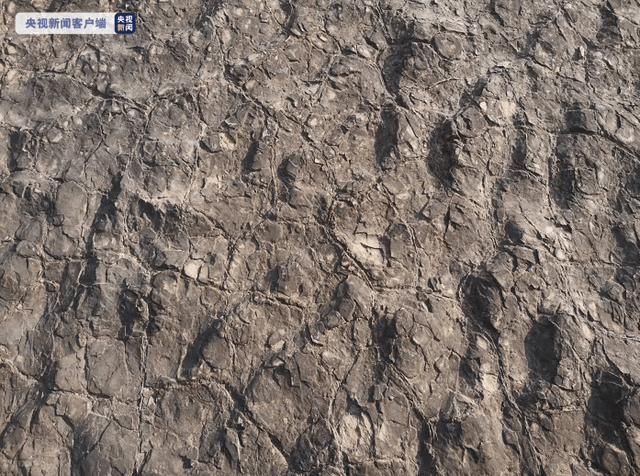
Since the 1960s, more than 30 burial sites of dinosaur fossils have been discovered in Zhucheng, including Kugou, Digecun, Yuhuang, Zangjiazhuang and Houjiatun, covering an area of nearly 1,000 square kilometers. Zhucheng is known as the “ Dragon City of China” because of its rich dinosaur fossil resources.
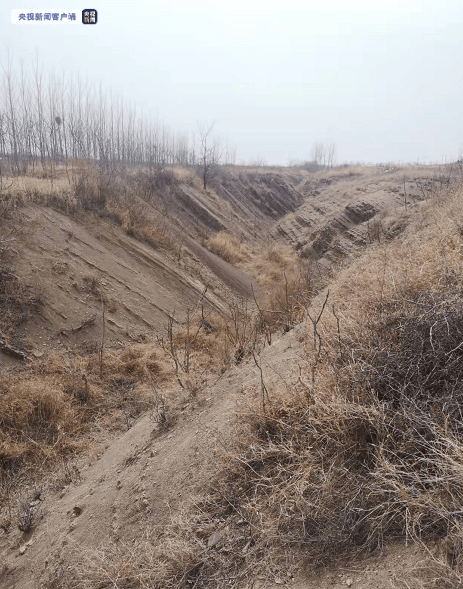
Source: CCTV News




























